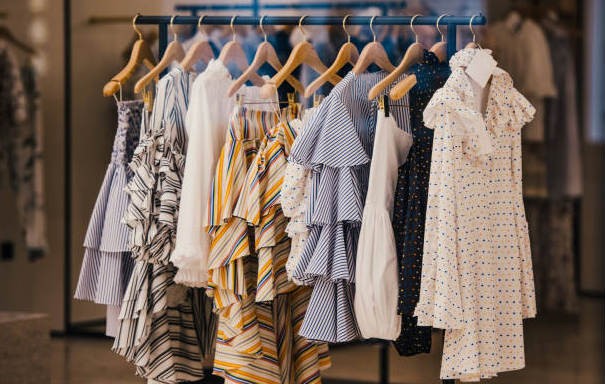
The story of clothing for women is deeply intertwined with the evolution of culture and society. In ancient times, garments were mostly functional and provided security from the elements. As societies developed, clothing became a symbol of status and identity. As an example, the exquisite embroidery of Indian sarees, the flowing hanboks of Korea, and the tailored robes from Victorian England each reflected the ideals and artistic style of their distinct cultures. The 20th century was when women's fashion began to challenge conventional norms with fashions such as flapper dresses and miniskirts that symbolized freedom and revolt. Today, fashion has become more diverse than ever, blending international influences and accommodating different body types as well as ages and tastes.
Cultural heritage is a fundamental element of women's clothing and traditional clothing plays a significant role in preserving identity and history. The intricate embroidery of Indian sarees, or the flowing abayas that are popular in the Middle East, or the vibrant designs of African Kaftans, these clothes have a deep cultural significance. Today, there's a renewed sense of interest in incorporating classic elements in contemporary fashion and creating an elegant mix of tradition and modernity. This blend allows women to be proud of their heritage and embrace fashions from around the world, while highlighting the diversity and enduring appeal of traditional clothing. Combining old with new speaks to the adaptability and enduring nature of expressions of culture through clothes.
Sustainability is now a major issue in today's world of pavine clothing store and reflects a shift towards more conscious consumption. The environmental impact of fast fashion becomes more obvious, more and more females are choosing environmentally friendly alternatives. Sustainable clothing brands concentrate on using natural materials, reducing waste, and encouraging ethical labour techniques. Thrift stores and vintage shopping are also gaining popularity giving women the opportunity to embrace unique styles while minimizing their carbon footprint. A growing understanding of sustainability emphasizes the importance of making informed choices that align with personal values and environmental responsibility. To obtain additional information please click reference

Women's clothing is additionally a great tool for empowerment and self-expression. A well-chosen outfit can increase confidence, create a bold statement, or even challenge societal standards. From formal suits that exude authority to flowing dresses that celebrate femininity, clothing lets women present themselves before the world on their terms. The goal is not only about looks, but having a good time and feeling authentic. The advent of fashion that's gender neutral is a further proof of this and allows women to experiment with styles that align with their true selves and break away from conventional norms and expectations.
Women's clothing is a dynamic and vital part of the culture, history as well as expression of self. It's an instrument through which women have navigated the changing times of society, embraced their heritage, and asserted their own individuality. Traditional clothing that honors traditional roots, to the latest sustainable fashion that reflects an environmental commitment and the environment, clothing for women continues to evolve alongside the gender roles and goals of women. In a world that embraces change, inclusivity, and ethical practices, it reaffirms the long-standing relationship between style and empowerment. In the end, clothing for women is not just a piece of clothing, it is an enduring and vibrant representation of the diversity of women, their resilience, and the creativity of women all over all over the globe.